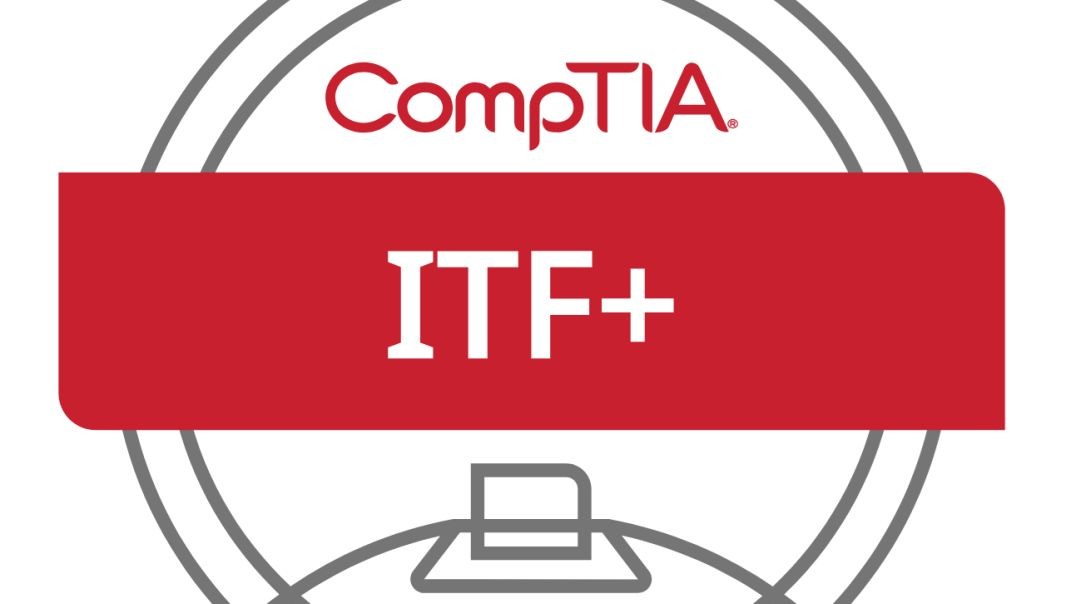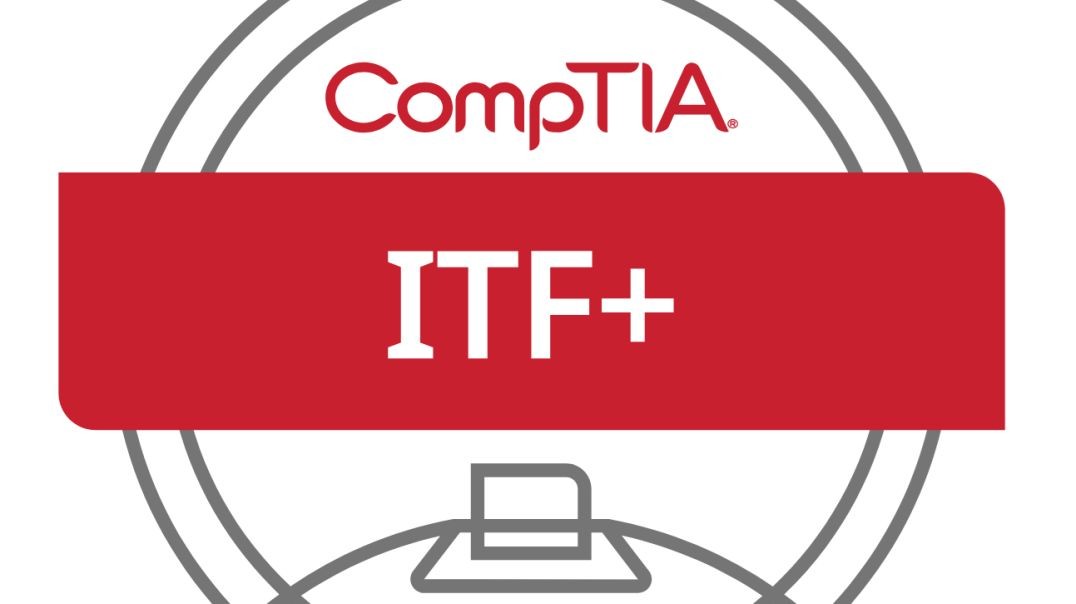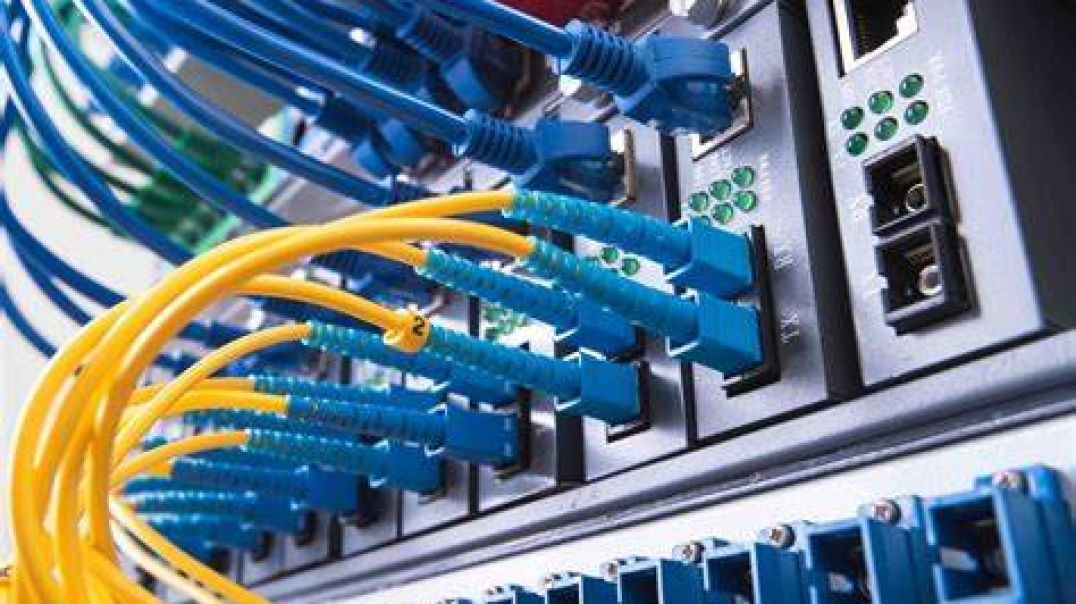Top videos
Part 08 of C# .net Bootcamp: What is the .NET Platform?
In this lesson, you are going to learn about what is the .NET platform, what it's used for, and how it works.
The lack of geographical barriers made it difficult for even the most powerful cities to retain their power. See how a succession of empires rose and fell, leaving behind legacies ranging from the use of intimidation in warfare to seafaring, astrology, mathematics, and a systematic legal code.
Part 29 of C# .NET Bootcamp: Basic Variable Scopes
In this lesson, you will learn about basic variable scopes, how they can get accessed and how to use them
CompTIA IT Fundamentals+ Course | Module 18 Part 3
CompTIA IT Fundamentals+ Course | Module 13 Part 2: Malicious Software (Malware)
CompTIA IT Fundamentals+ Course | Module 9 Part 8: ChromeOS
OSN-K Informatika 2024
CompTIA IT Fundamentals+ Course | Module 11 Part 5: File System Limitations
Experience what it was like to be raised a Spartan man or woman, the changes in military tactics and equipment that made their armies so feared, and the tragic flaw that guaranteed that this Greek city-state's power, no matter how widespread or intimidating, could not endure.
Module 3 Part 1: Application Software and Software Development
CompTIA IT Fundamentals+ Course | Module 9 Part 5: Apple macOS
Part 11 of C# .NET Bootcamp: The .NET Documentation
In this lesson, you are going to learn about how to get help from the .NET documentation.
Part 47 of C# .NET Bootcamp: Switch Expression in C#
CompTIA IT Fundamentals+ Course | Module 7 Part 5: Network Communication
Part 04 of Computer Networking Fundamentals: Wired Local Area Networks vs. Wireless Local Area Networks
Wired LANs vs Wireless LANs
At the end of this episode, I will be able to:
- Compare and contrast wired and wireless LAN implementations.
Learner Objective: Identify the characteristics and importance of VLANs
Description: In this episode, the learner will be introduced to the basic constructs and characteristics of wired and wireless local area networks.
- Introduction to Network Infrastructure
- Wired LAN
- Devices in this type of LAN are connected using bounded media
- Bounded media types
- Copper - The most prevalent LAN-based network medium used today. This medium uses single or multiple copper conductors to transmited data.
- Fiber - These medium uses an optical light source to transmit data through a concentrated core made of either plastic or glass.
- For devices to communicate, they need to be physically connected via Ethernet switch
- Due to the nature of the physical connections, wired networks can provide a higher level of security than wireless networks
- Wired LANs can have constraints
- Limitation of cabling (distance, electromagnetic interference, damage)
- Building requirements (historical sites, cumbersome installations, proximity to the connectivity device)
- Mobility is challenging
- Wireless LAN
- Devices in this type of LAN connect to the network via radiated energy
- Wireless LAN Types
- Infrastructure mode - In this type of Wireless LAN, a centralized network device called a wireless access point controls all communications on the network.
- Ad-hoc mode - In this type of Wireless LAN there is no centralized connectivity device. The wireless devices communicate directly with each other.
- Wireless LANs have become increasingly more popular due today because:
- Ease of installation
- Reduction of physical cabling
- Mobility
- Simplicity to add devices to network
- Disadvantages
- Communication eminations
- Obstacles and interference
- Network saturation and congestion
- Hybrid LAN
- Most common LAN deployment in modern networks today
- This type of LAN combines both wired and wireless communication
- Wired LAN
- Workstations and servers (these are stationary devices)
- Wireless LAN
- Laptops, tablets, smartphones (these are devices that require mobility)
- Any stationary device that requires a connection, but cabling is not feasible or possible
- Wired LAN
Presentasi Kritik Tari
No plan survives contact with the enemy, which means no matter how well you've constructed your case, you will need to defend it. Fortunately, there are several straightforward elements of a good rebuttal-assessment, organization, and emotional appeal-and Professor Atchison guides you through each element in this lecture.
CompTIA IT Fundamentals+ Course | Module 19 Part 2













